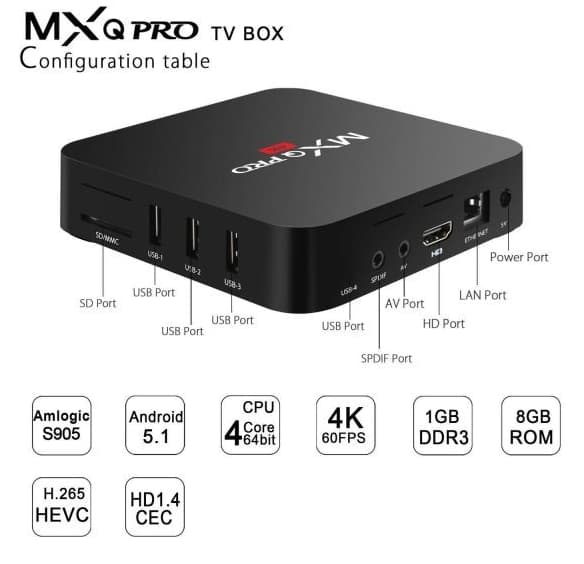Key Takeaways:
- Lack of the significance of video content and translation in bridging global communication gaps.
- Reflection on the cultural power of translated video content in connecting and educating diverse audiences.
- Insight into the innovative technologies that are changing the landscape of video translation.
- Strategies for navigating challenges in video translation to achieve accurate and culturally sensitive outputs.
- Anticipating the transformative future of video translation in business and beyond.
- Guidance on adapting and getting started with video translation for content creators.
Table of Contents:
- The Importance of Video Content in Today’s Digital Landscape
- Understanding Video Translation
- The Cultural Impact of Video Translation
- The Technological Aspects of Video Translation
- Challenges and Solutions in Video Translation
- The Future of Video Translation
- Video Translation for Business Growth
- Adapting Your Video Content for a Global Audience
- Industry Use Cases for Video Translation
- Getting Started with Video Translation
The Importance of Video Content in Today’s Digital Landscape
Visual narratives have become the lifeblood of the internet, driving social interaction, marketing, and educational endeavors. Platforms like YouTube have demonstrated that video content is prevalent and paramount to engaging modern users. With the digital populace consuming video content voraciously, creators can leverage this format to tell stories, impart knowledge, and foster communities. However, the potential breadth of one’s audience is vastly limited if language barriers still need to be addressed.
Understanding Video Translation
Video translation is the robust process of rendering audiovisual content in multiple languages, making it accessible and relatable to a broader audience. Its essence is facilitating an inclusive global conversation where content is not shackled by linguistic limitations but enhanced for multicultural resonance. As the demand for multilingual content surges, video translation has become indispensable for content creators who desire a universal platform. The process involves meticulous attention to detail, ensuring that every spoken word, written text, and cultural reference is accurately and meaningfully translated. Tapping into tools such as a video translator can be the catalyst to shattering these linguistic confines, granting content the wings to soar across linguistic borders.
The Cultural Impact of Video Translation
The ability to translate video content holds profound implications for cross-cultural understanding and cooperation. Educational videos, for example, can transcend borders, bringing valuable knowledge to those otherwise inaccessible. The globalization of education through video translation can nurture global citizens informed by the wisdom of diverse cultures. Such a process is epitomized by initiatives like integrating video translation into modern educational methods, which drive innovation and inclusivity in pedagogical approaches. This is just one of many sectors where video translation acts as a tool and a bridge connecting disparate worlds.
The Technological Aspects of Video Translation
The advent of video translation technology is a tale of continual innovation, with cutting-edge systems seamlessly blending linguistic proficiency with machine intelligence. Artificial intelligence has taken center stage, with neural machine translation and automated voice recognition systems improving the efficiency and quality of translations. These technologies have revolutionized the translation process, transcending the traditional barriers that once made video translation tedious and error-prone. Furthermore, it’s not just about the conversion of text – advancements in AI facilitate a nuanced comprehension of cultural quirks, which is integral to the translation’s authenticity.
Challenges and Solutions in Video Translation
Even with its advanced state, the landscape of video translation is lined with intricate challenges. Dialects, colloquialisms, and cultural references can pose significant complexities, necessitating a thoughtful approach to ensure that translations maintain the original’s spirit and message. Combining automated translation technology with the finesse of human understanding can deliver unparalleled results. Professional translators with contextual knowledge offer invaluable insights, ironing out the nuances that AI might miss. This harmonious blend of man and machine ensures linguistic precision and cultural fidelity.
The Future of Video Translation
Looking ahead, the future of video translation sparkles with potential. Real-time translation technology is rapidly approaching viability, suggesting that live streaming and international broadcasts could soon benefit from instant multilingual support. This technological leap forward would virtually dissolve linguistic borders, facilitating real-time global engagement. As video translation technologies continue to soar in sophistication, they promise to unlock a new era in international communication. In this world, ideas flow freely, irrespective of the language they originate in.
Video Translation for Business Growth
International markets offer boundless opportunities for businesses that successfully navigate the language barrier. Video translation has emerged as a powerful tool in this regard, enabling corporations to coherently and effectively communicate with diverse demographic segments. This is not merely theoretical—multiple businesses have attributed their international success to the strategic localization of their video content, underscoring the critical role of video translation in a globalized economic landscape.
Adapting Your Video Content for a Global Audience
To achieve resonance with a global audience, content creators must look beyond linguistic accuracy to the heart of cultural relevance. What resonates culturally in one part of the world may have a different impact elsewhere. This is where the role of video translation becomes more artistic than mechanical, with translators striving to render content that feels native and intuitive, not just understandable. By investing in quality translation and considering the cultural context of their audience, creators can craft content with true global appeal.
Industry Use Cases for Video Translation
Video translation applications span multiple sectors, each with unique demands and challenges. Education, healthcare, entertainment, and corporate training are areas where access to translated video content has become a necessity rather than a luxury. Through video translation, companies can promote inclusivity by making their content accessible to the deaf, hard of hearing, and non-native speakers, demonstrating a commitment to diversity and equal access.
Getting Started with Video Translation
Embarking on the journey of video translation begins with a clear sight of one’s goals and a deep understanding of the intended audience. With this knowledge, content creators can assess and select the most appropriate translation tools and services. Crucial to this selection is an emphasis on quality, efficiency, and cultural competence—determining whether the translated content will resonate with the targeted viewers. By thoughtfully approaching video translation, content creators position themselves at the forefront of the global digital conversation.
To gain insight into the possibilities and importance of video translation within the digital domain, a resourceful read can be found on Forbes examining the evolution of AI in translating multimedia content. Such insights underscore the transformative impact of video translation in today’s interconnected world.



